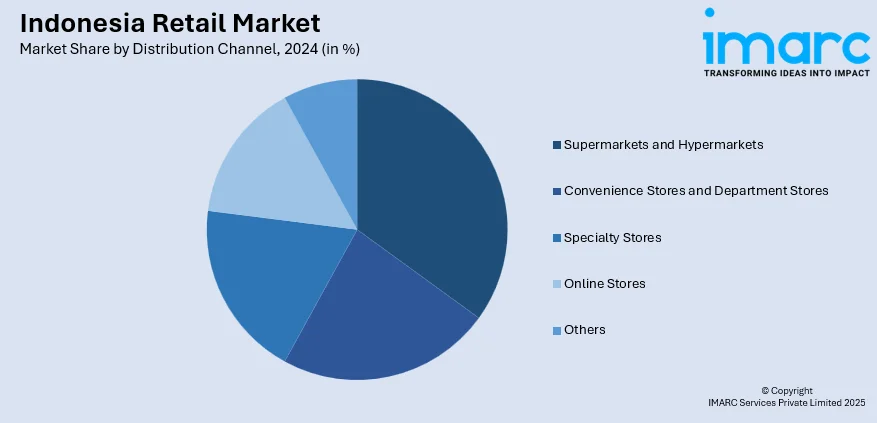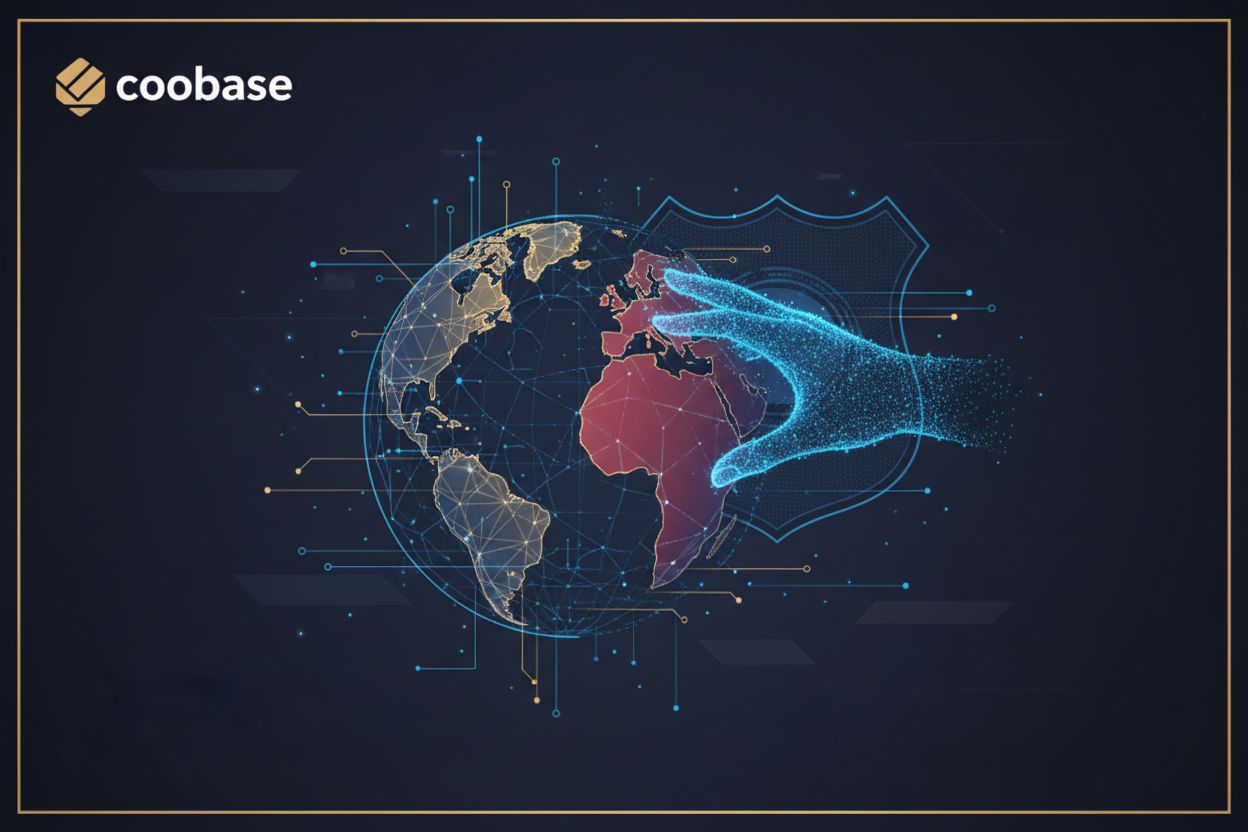Indonesia Retail Market Growth Forecast 2025-2033: Key Insights
The retail market in Indonesia is projected to grow by USD 49.9 billion from 2025 to 2029, with an estimated compound annual growth rate (CAGR) of 4.7% during this period. This growth is driven by the expansion of the retail landscape, which includes a growing preference for local brands and the increasing influence of digital technology on consumer behavior. Underdeveloped infrastructure poses challenges, but key players in the market include Adidas AG, Apple Inc., and Nike Inc..

Market Overview
The Indonesia retail market is experiencing significant growth, spurred by modern spending habits and an expanding middle class. Key factors driving this growth include:
- The rise of e-commerce and digital shopping platforms.
- Increased consumer interest in local brands.
- Government investment in infrastructure to support retail expansion.
Traditional retail formats, such as supermarkets and hypermarkets, are adapting to include modern technologies and practices to meet consumer expectations. Retailers are leveraging AI and social media to enhance customer engagement and loyalty.
Segmentation Analysis
The retail market in Indonesia can be segmented by various factors:
By Distribution Channel
- Offline
- Online
By Product
- Food and Beverages
- Apparel and Footwear
- Electrical and Electronics
- Home Improvement and Household Products
This segmentation allows stakeholders to target specific consumer needs effectively.

Growth Drivers
The following factors are contributing to the robust growth of the retail sector in Indonesia:
- Consumer Behavior Changes: A shift towards online shopping, driven by increasing smartphone penetration and internet access.
- Local Brand Preference: A growing inclination for local products as consumers seek quality and affordability.
- Digital Payment Solutions: The rise of cashless transactions is making shopping more convenient and efficient.
GrackerAI provides tools that can help businesses adapt to these evolving consumer behaviors by offering SEO-optimized content portals and automated marketing solutions tailored to the cybersecurity sector.
Challenges in the Retail Market
Several challenges impact the retail landscape:
- Infrastructure Issues: Insufficient logistics networks hinder the distribution of goods across the archipelago.
- Economic Fluctuations: Prices for essential goods can be volatile, affecting consumer spending power.
Retailers must navigate these challenges to maintain competitiveness in a rapidly changing market.
Future Trends
Emerging trends shaping the future of the Indonesian retail market include:
- Sustainability Practices: Retailers are focusing on eco-friendly products and sustainable practices to attract environmentally conscious consumers.
- Omnichannel Retailing: The integration of online and offline shopping experiences is essential for meeting consumer demands.
GrackerAI can assist companies in embracing these trends through interactive tools and data sourcing from public and internal sources to enhance their marketing strategies.
Conclusion
The retail market in Indonesia presents significant opportunities for growth and innovation. By understanding the market dynamics and leveraging technology, businesses can position themselves strategically to capitalize on emerging trends. GrackerAI offers solutions to help companies navigate this landscape efficiently. Explore our services or contact us to learn more about how we can support your business growth.




